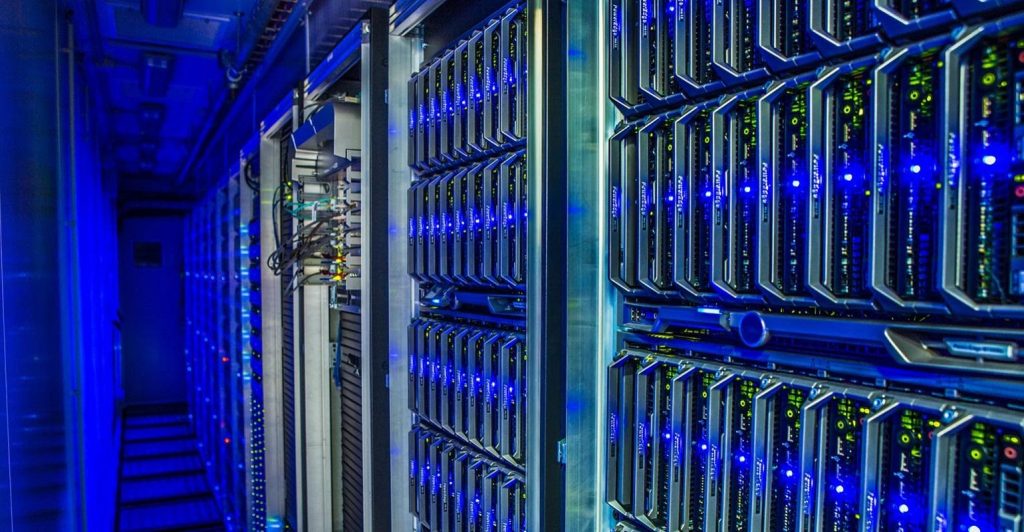Bare Metal
A bare metal server is a physical computer that is meant to operate dedicated services continuously for long periods of time. It is extremely sturdy, long-lasting, and dependable.
They are a single-tenant environment, which means that the physical resources of a single server cannot be shared by two or more tenants.
Due to this physical barrier, they are immune to the “noisy neighbor” problem that plagues virtual environments. One of the key advantages of this isolation is the predictability of performance. As a result, they have the most stable environment, which makes them ideal for processing massive amounts of data.
Direct connection to the server and the ability to use all underlying hardware architectures are other key advantages. Let’s have a look at the latter. You get a guest OS on top of a hypervisor on top of an actual hardware when you create a virtual machine (VM). You will only have the access for both the guest OS and the management interface as a normal user. Physical hardware would be unavailable. A bare metal server provides users total control over the hardware.
When developing your own platform to host a service or application, the advantage is that you have more possibilities. This brings us to another important topic. In contrast to the virtual environment, which requires at least one additional layer of software, a Type 1 hypervisor. Bare metal servers do not require the employment of multiple layers of software.
In regular usage, this means there is one less layer of software between you and your physical hardware. As a result, you may anticipate improved performance. It’s worth noting that in a virtualized environment, bare metal renters can develop virtual machines on top of bare metal.
You can modify bare metal in whatever manner you choose, just like you can design your own home. You do not have to cope with obnoxious neighbors.
A multi-tenant virtualized public cloud system, on the other had, is comparable to renting an apartment. The shrieking of the next-door youngsters drives you insane, and there’s nothing you can do about the weird odor in the corridor.
Bare Metal Environment
All environments, whether virtualized or bare metal, are supported by physical hardware. As a result, even virtualized systems (such as the public cloud) have actual hardware behind them.
The phrase ‘bare metal’ is typically used to distinguish a physically dedicated server from a virtualized environment or current cloud hosting models. They are those in a data center that aren’t shared by many customers.
It’s crucial to keep in mind that even a virtualized environment has actual hardware. However, the shared hosting deployment paradigm, which is common in virtual environments, distinguishes itself by allowing end-users to deal with virtual resources rather than bare metal.
A bare metal server’s only tenant has root privileges. Additional software options are available that a bare metal hypervisor cannot provide.


